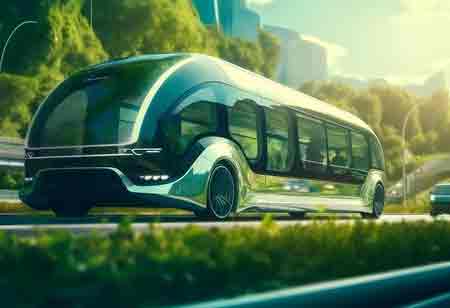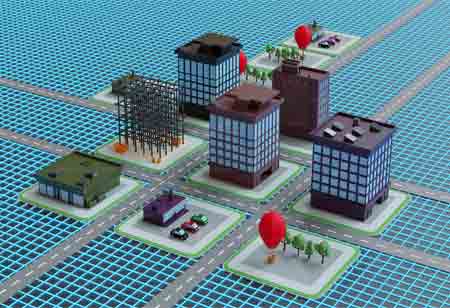Thank you for Subscribing to Gov Business Review Weekly Brief
Developing a Smarter Public Transit System for a Sustainable Future
Technology is revolutionizing public transit, making it more sustainable, efficient, and user-friendly. It's changing urban mobility, reducing environmental impact, and enhancing residents' quality of life.

By
Gov Business Review | Tuesday, September 30, 2025
Stay ahead of the industry with exclusive feature stories on the top companies, expert insights and the latest news delivered straight to your inbox. Subscribe today.
Fremont, CA: The future of public transit is radically changing as it is brought upon by an increased urban population requiring efficient, sustainable, and accessible transportation solutions. Global public transit systems are now integrating advanced technologies like electric vehicles, intelligent infrastructure, and real-time data analytics to provide better service delivery and environmental performance and enhance the passengers' overall experience.
Electric vehicles, or EVs, replace conventional fossil fuel-based transit vehicles in most cities worldwide to decrease carbon emissions and air pollution. This saves transit authorities money on operating costs. EVs are more energy-efficient, maintenance-friendly, and smoother and quieter than conventional fossil fuel-based vehicles. With growing battery technology, their range and performance will improve, making them an option for cities of any size. Integrating renewable sources like solar and wind energy further reduces the carbon footprint of public transportation systems.
Smart infrastructure is transforming public transit by using intelligent transportation systems (ITS) to collect real-time data on traffic patterns, passenger flow, and vehicle performance. This data is then analyzed to optimize routes, schedules, and service delivery. Bright traffic lights can adjust based on vehicle flow, reducing congestion and improving travel times. Predictive analytics can also anticipate demand, allowing transit authorities to adjust service levels dynamically and ensuring vehicles are available when needed.
In many cities, passengers can download an app on their smartphones to check schedules, plan routes, and pay for tickets in one place. The app can also tell passengers about real-time schedule changes, service alerts, and crowding to choose the best travel. Contactless payment systems that include smart cards and mobile wallets have also become widely adopted, allowing it to speed up passengers' boarding and paying for fares using these digital methods. These modern improvements increase public transportation's convenience and efficiency, making more people use it rather than with a private car. Autonomous vehicles are increasingly used in public transportation systems as self-driving buses, shuttles, and trains are tested in cities.
Autonomous vehicles could reduce traffic accidents, lower labor costs, and increase transit service frequency and flexibility. They could also offer personalized transit options, especially in areas where the traditional bus routes aren't cost-effective or efficient. Also, autonomous vehicles can complement other modes of transportation to make a completely integrated and seamless transit system. It has revolutionized public transportation by examining ridership patterns, traffic congestion, and environmental factors. Transit authorities can make better decisions regarding service planning and infrastructural development. They can identify the high-demand areas and focus on expansion, optimize fleet management, reduce operational costs, and improve the reliability of services. A data-driven approach enables transit authorities to better respond to passenger needs and create more efficient, sustainable transit systems.
More in News






